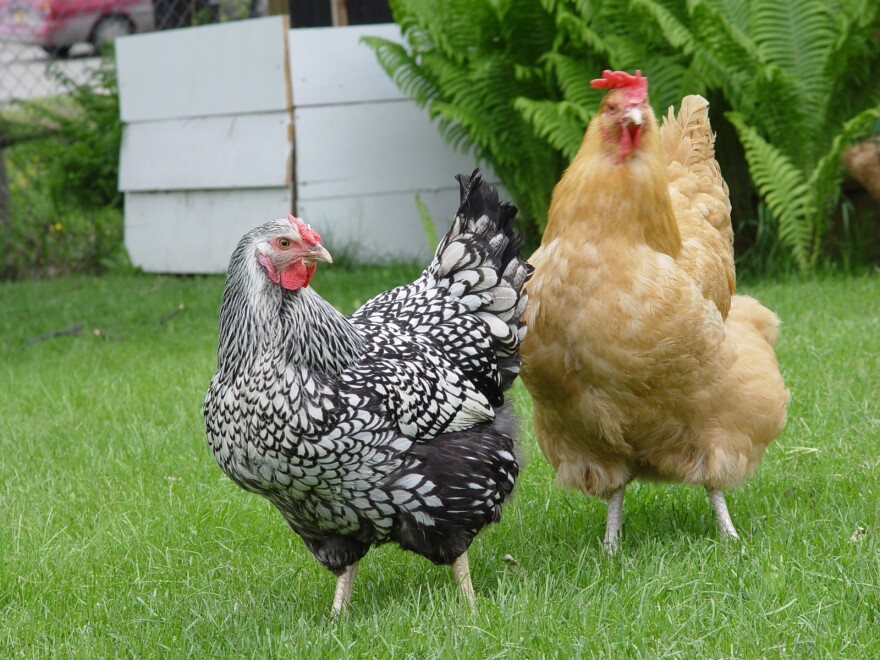The first person in the U.S. from a strain of bird flu in Louisiana. This comes as the virus gets closer to spreading from human to human.
So, who else is at risk in our region?
It’s a lot of who you would expect — people who work with chickens or dairy cows, especially those who are medically vulnerable. That could include people who suffer from diabetes, obesity, lung disease or other conditions that worsen respiratory viruses.
People who interact with wildlife, like park rangers, should also be on the lookout.
“We don't hear much about it, but I think … that's a potential route of infection as well to humans,” said Nahid Bhadelia, an infectious disease expert at Boston University.
She said there’s more human cases now from random interactions with animals. The person who died of the H5N1 strain recently came into contact with wild birds and backyard poultry.
But there’s a way to prevent this, Bhadelia said.
“If you see dead and sick animals in your backyards, don't handle those animals,” she explained. “Call your local health department. Call the wildlife agency. If you are someone who potentially usually puts out bird feeders, don't put those out this year.”
The virus isn’t spreading between humans yet. But with more outbreaks among animals, the threat of this happening is growing. Human-to-human transmission could be as simple as one genetic mutation.
“It’s like playing Russian roulette,” Bhadelia said. “Every time it infects a human, it could potentially evolve within that human or in other mammals to gain that mutation, which could give it the adaptation that it needs to cause respiratory infections.”
The U.S. Department of Agriculture is the nation’s milk supply for the virus. According to Bhadelia, raw milk and cheese is the biggest concern.
She said public health officials should also do a better job surveilling wildlife for the virus and making bird flu tests more accessible.
The virus has been found in animals across the Mountain West, including in in Wyoming, Colorado, Utah, Idaho, Nevada, New Mexico and Arizona.
So far, only have caught the avian influenza in the region, all at poultry farms in Colorado.
This story was produced by the Mountain West News Bureau, a collaboration between Wyoming Public Media, Nevada Public Radio, Boise State Public Radio in Idaho, KUNR in Nevada, ����vlog��ý in Colorado and KANW in New Mexico, with support from affiliate stations across the region. Funding for the Mountain West News Bureau is provided in part by the .



